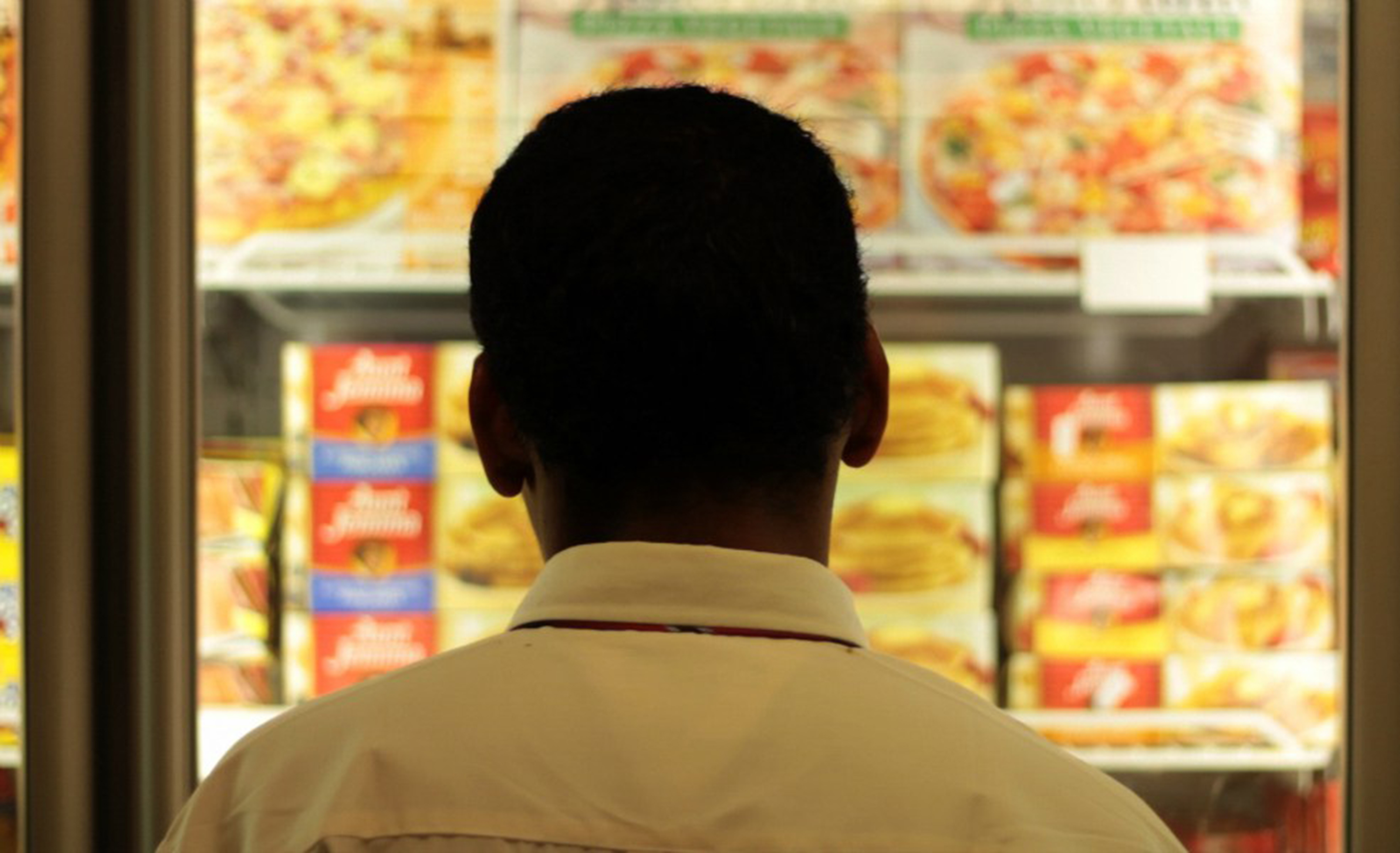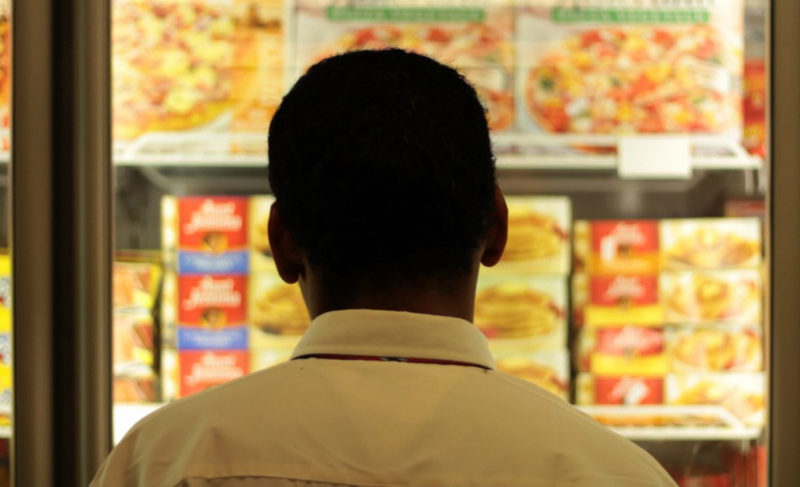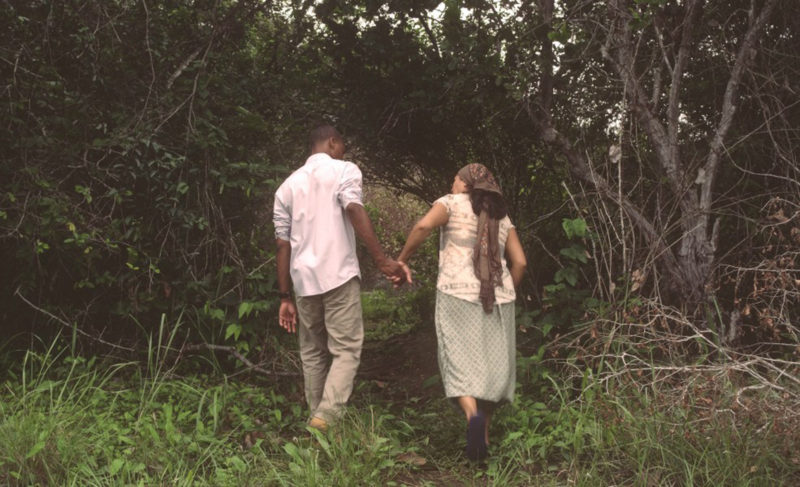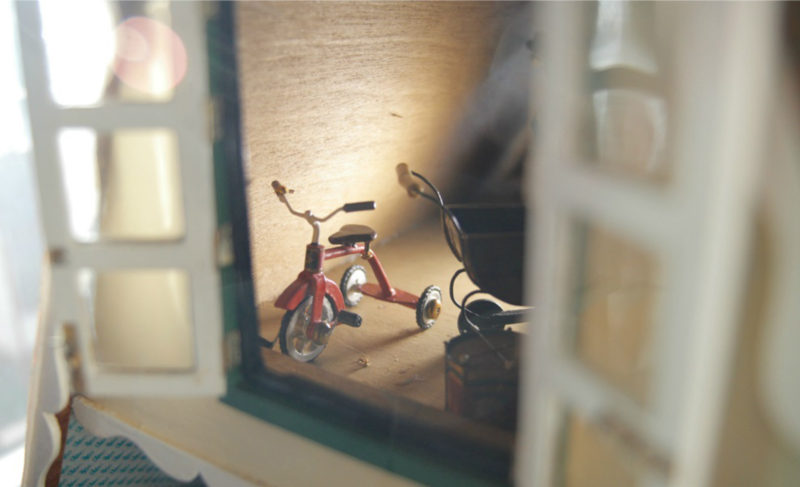What do a former Guyanese orphanage resident, a lonely Aruban man, a Trinidadian soca singer, a Jamaican criminal and a Trinidadian toymaker have in common? They were all protagonists in some of the more than two dozen films screened at the recent 2017 Timehri Film Festival here, at various venues.
With just about half of them being short films festival-goers had the treat of being able to see several at one sitting and be part of discussions afterwards, which allowed deeper insight into why and how the films were made. Viewers also vented their thoughts on what they saw and how they interpreted the various films, which would never happen in a regular cinema experience for obvious reasons, but it was easy to see why such a forum was not only useful, but necessary.
From its opening at Moray House on May 31 to its scheduled closing at the Dutch Bottle Café on June 4, the Timehri Film Festival played to decent crowds, though consideration should be given to the fact that the venues, with the exception of the Umana Yana where the Environmental Film Festival was held, were small. Some of the films were also screened in the Lusignan and Berbice prisons, where there would have been considerably larger, captive audiences (no pun intended), the Drop-In Centre in Sophia, St Cuthbert’s Mission, the University of Guyana, and the Business School.
Presented at this year’s festival were: Adero by Kojo McPherson (Guyana, 2017); See You Yesterday by Stefon Bristol (USA, 2017); Ori Inu: In Search of Self by Chelsea and Emann Odufu (USA, 2016); Walk Good by Karen Chapman (Canada, 2016); Art Connect by Miquel Galofré (Trinidad & Tobago 2012); Dreams in Transit by Karen Martinez (Trinidad & Tobago/UK); Denis by Gabrielle Blackwood (Jamaica, 2015); Smallman: The World My Father Made by Mariel Brown (Trinidad & Tobago, 2013); A Better Place by Carver Bacchus and Miquel Galofré (Trinidad & Tobago, 2015); It is love by WWF, Protected Areas Commission and partners; Iwokrama: People focused Conservation by Meshach Pierre; Kanukus: Mountain of Life by Conservation International Guyana; Community Monitoring Reporting Verification by WWF Guianas; Climate Change by CATS in collaboration with Ministry of Education; Films from the Cobra Project – Guyana; Reel Guyana by Alex Arjoon; DocuPeru Films – Mujeres Isla and Soy Pescador; A Better Place by Carver Bacchus and Miquel Galofré (Trinidad and Tobago 2015); A Bitter Lime by Max Orter (US/Guyana, 2016); 10 Ave Maria by Juan Francisco Pardo (Aruba, 2011); Dreadlocks Story by Linda Ainouche (Jamaica, 2014); How Many Times? by Ryan C Khan (Trinidad and Tobago, 2014); The House on Coco Road by Damani Baker (US/Grenada, 2016); Heart of a Monster by Damian Marcano (Curaçao, 2016); No Soca No Life by Kevin Adams (Trinidad and Tobago, 2012); Sunday by Kyle Chin (Jamaica, 2013); Generation Revolution by Cassie Quarless and Usayd Younis (UK, 2016); Mommy Water by Julien Silloray (Guadeloupe, 2015); Diablesse by Howard and Mitzi Allen (Antigua and Barbuda, 2005); The Croft by Wayne Benjamin (Jamaica, 2013); Timeless: A Caribbean Love Story, by Edward LaBorde (US Virgin Islands, 2016) and Darkie by Shea J Best (Trinidad and Tobago, 2012).
Diverse in origin and subject matter, the commonality in these films is their Caribbean link held together by the Caribbean Film Academy (CAFA), Rewind and Come Again (RACA) and Studio Anansi (SA), which presented the festival in partnership with Trinidad and Tobago’s Green Screen the Environmental Film Festival.
Of the entire Caribbean, Jamaica and Trinidad and Tobago are perhaps the only two countries which can be said to have anything that vaguely resembles a film industry. They have, though not consistently, produced feature-length films that have had reasonable success in country, in the region and further afield. The rest of the Caribbean trails behind, but this does not discount that fact that other countries have in the past produced films worthy of promotion and continue to do so.
As an example, let us take a look at this year’s Timehri Film Festival Caribbean Shorts Package shown between 12 pm and 2 pm on Sunday last at the Dutch Bottle Café.
Adero tells the poignant story of a young man who grew up in an orphanage searching for his roots. He is immersed in life on the coast, but is pulled to the Rupununi through dreams and visions occasioned by the spiritual influence of his mother. Condensed into less than 20 minutes, McPherson’s film raised several questions that its writer answered and elaborated on, but which would have been open to any number of interpretations had he not been there.
This was certainly the case with Sunday, whose story juxtaposed criminality and salvation and may or may not have been one of redemption that came too late.
And while both Adero and Sunday seemed worthy of longer treatments, the same could not be said for 10 Ave Maria. It was clear that Pardo said all he wanted to and then some in this punch-in-the-guts film that though not typified as a documentary, was perhaps way too typical of real life.
No Soca No Life is, to borrow from David Rudder, “Trini to de bone”, heightened by the use of a member of Trinidad’s Royal Soca Family, Terri Lyons, as the protagonist. The credits faded out with the words ‘to be continued’ and the audience was no doubt pleased to be informed that Adams was fundraising for that continuation.
Smallman: The World My Father Made was the lone documentary to be shown in Sunday’s first session. And yet, paradoxically perhaps, it was a film that could have been scripted. The narrator tells the story of his father, who from his schooldays had been entranced by the military. He joined the cadet corps as soon as he could and later, crushed by the rescinding of a decision to send him to Sandhurst, left it all behind and took up toymaking as a hobby. The concept and quality of the toys shown in the film suggest that the narrator’s dad was anything but a small man and that his talent would have been wasted in the military.
The quality of storytelling imbued in these Caribbean films makes it clear why CAFA, RACA and SA would go to the lengths they do to get them out there. That the local audiences for what were in essence free movies were not larger speaks to the disconnect between people and culture. It seems we would rather be told by Hollywood, Bollywood and Nollywood what we should be viewing. It’s not that their stories are not good, but it cannot be right to consume them to the detriment of our own. Added to which, if we paid attention to and developed more than a passing interest in the talents so readily available in our own front yards, we might perhaps be able to not only glimpse what a ‘Callywood’—a Caribbean film industry—can be, but to be more willing to find the resources that would help it blossom and grow.









